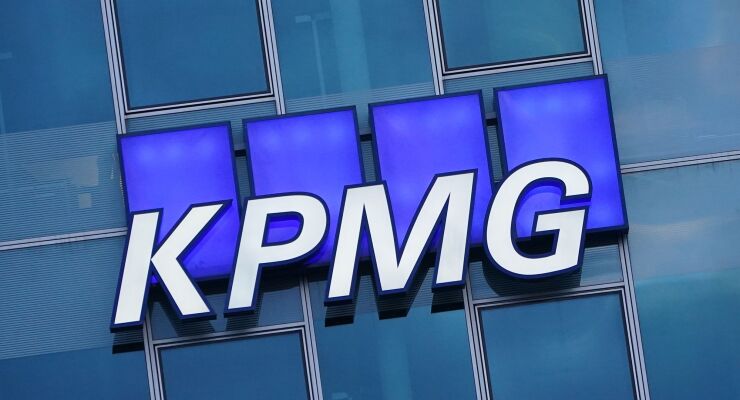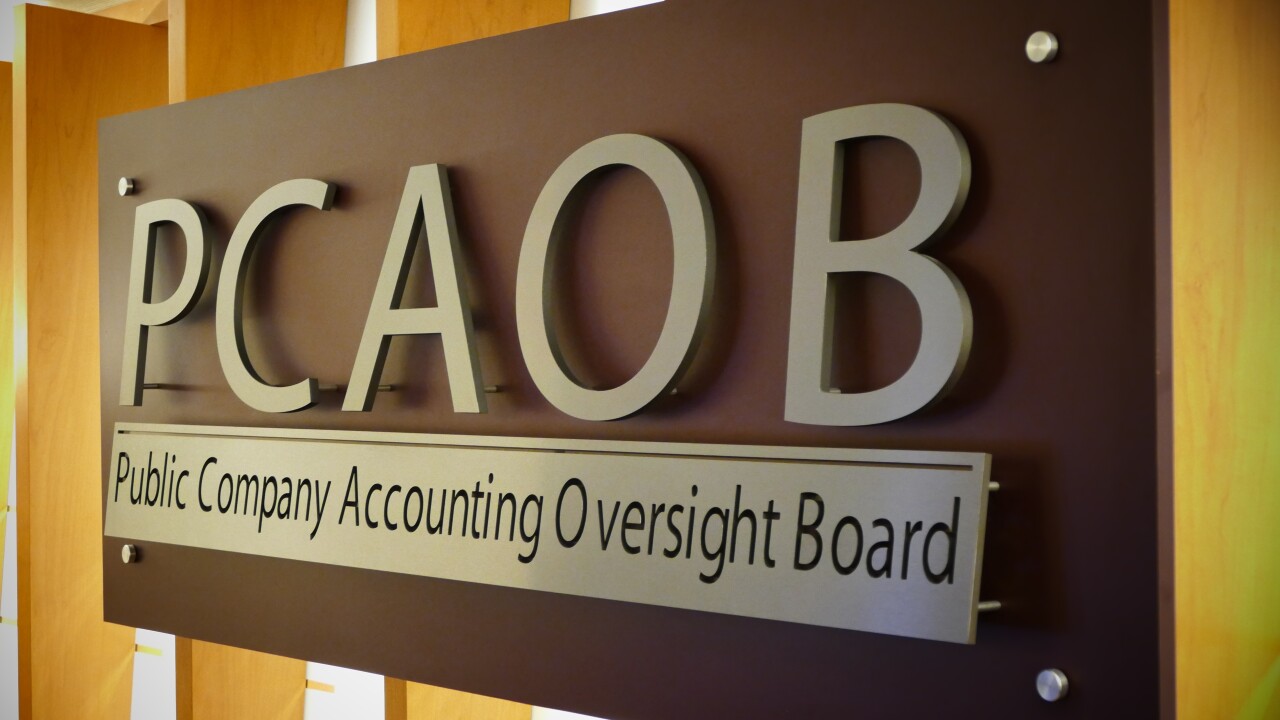KPMG International forecasts a slight increase in global GDP growth in 2025, followed by a dampening in 2026 due to the incoming U.S. administration's expected policies.
The
KPMG forecasts the pace of inflation will continue cooling between now (4.5%) and mid-2025 (3.5%). "Thereafter, the forecast depends heavily on the pace of tariffs and whether we see a full-blown trade war erupt," the report reads, citing elevated geopolitical risk and the outcomes of the U.S. election, such as inflationary trade, immigration policies and tariffs. "Bond yields have already moved up in response to fears of mounting federal debt and higher inflation. Any major shift in tariffs in the U.S. could trigger retaliatory measures."

"The data in our latest report highlights the concerted effort that was being made by central banks throughout the world to control the cost of living and inflation challenges facing everyone, including businesses, right now," Regina Mayor, global head of clients and markets at KPMG International, said in a statement. "While there was cautious optimism of a return to eventual sustainable growth, we're now in a 'wait and see' phase with much depending on a future potentially driven by reciprocal tariffs."
KPMG sees mergers and acquisition activity poised to increase with lower rates and stores of
Fiscal policy may be more stimulative, the report says, with market participants expecting a new wave of stimulus in the form of pensions, health care and defense. Tax cuts are also expected to be extended in the U.S., but it remains to be seen how multinationals outside of the U.S. will be treated.
"Our latest forecast highlights the tightrope political and business leaders are now walking," Benjamin Shoesmith, senior economist at KPMG US, said in a statement. "For many central banks, including the U.S. Federal Reserve, we're seeing a shift from the battle against inflation to guiding economies toward a soft landing. It's a monumental challenge balancing price stability and employment without quashing GDP growth. The tailwind from lower rates will benefit firms and consumers and likely spark mergers and acquisitions activity. Central banks must stay the course and avoid the temptation to cut interest rates too early or too fast as this could derail progress."
Shoesmith said that while he expects growth nearing pre-prandemic rates, volatility will also rise. He said leaders' top concerns are policy uncertainty as a result of the U.S. election, challenges of artificial intelligence, more frequent and adverse weather events and elevated geopolitical risk.
"Our long-term view is that we can see a return to more sustainable growth that edges closer to pre-pandemic levels, but with two significant caveats," Shoesmith continued. "The first is that central banks will need to hold their nerve and avoid the temptation to pivot on policies before they pay off. The second — and arguably most profound caveat — is the current geopolitical crisis. If the challenges facing the Middle East and Ukraine continue to deepen, leaders could be faced with a fresh set of dilemmas that run far deeper than GDP."





